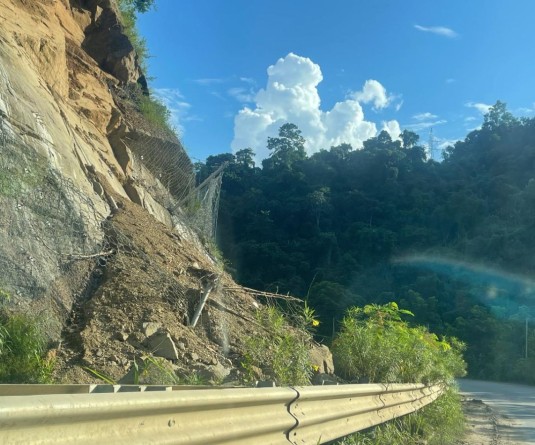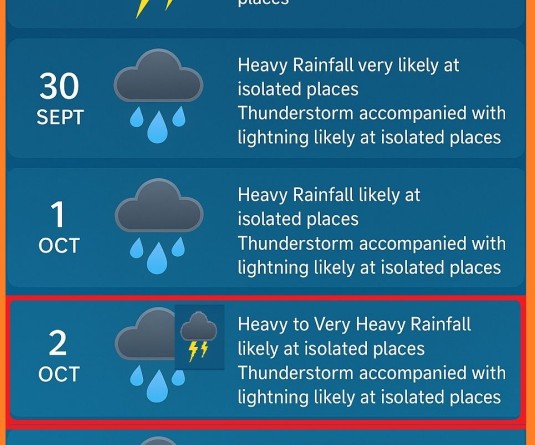
Vibizono Yhokha
Dimapur | March 31
Tucked behind the busy Supermarket area of urban Dimapur is the significant yet neglected brick-built gateway and Chess Monoliths of the Kachari civilization. It is said that the Kachari civilization was established even before the Ahoms in and around 13 century A D. The remains of the brick-built gateway is, perhaps a testimony of a highly influenced Mughal architecture which clearly indicates in the corbelled arch design and stylistic carvings. The beautifully carved chess monoliths are made of sandstone which requires professional hands to carve out the designs of animal motifs, rosette designs including geometrical and floral carvings.
These Kachari monoliths have a unique identity of its own, which is not present in any other Indian monuments. According to the Archeological Survey of India (ASI), the tradition for raising these monolithic columns might be in vogue since long among the ethnic tribe of the region which was erected as memorial pillars or to mark any important occasion. Albeit the history behind the monoliths or the ancient Kachari civilization remains obscure, the monoliths provides some prove that the ancient Kacharis perhaps had some kind of town-planning, architecture and sculpture works. According to documents sourced from the Northeast Zone Cultural Centre (NEZCC), these monoliths represent the elaborate rituals of the cult of fertility and it is one of the most important sites of megalithic culture.
This historical monument is run by the ASI and the Kachari Rajbhari Committee. And although the ASI prides itself in “maintaining ancient monuments and archaeological sites” as their “prime concern”, the pathetic sight of the Chess monoliths denies it. The 38 bigha land has long been neglected with uncut grass and trashes messing around and even careless scrawling of lovers’ name on the precious monoliths. The setback of the ASI also lies in the failure of keeping an official guard and caretaker to look after and maintain the protected area. Sohadeb, the unofficial caretaker has been waiting for 11 years to get his job official and permanent, but despite several attempts, his appeal has been put on hold. Thus, the ASI has failed to give him an official job or a decent salary or ID card.
The need to preserve these ancient monuments is of extreme importance because they are irreplaceable and they carry a cultural and historical value in them. Some of the threats faced by these monoliths are pollution and global warming in the form of dust, acid rain or increasing heat which can create chemical reaction and corrode the stones.
Black spots have already started to appear on some of the monoliths, a result of dust and pollution which will slowly corrode the stones and its beautiful designs.
Another threat is that of damage done by humans. The caretaker has complains on how young rebellious boys would jump inside the restricted protected areas and carelessly scribble down their names on the monoliths, and on warning them they would threaten him in return. Perhaps these young boys are not aware of the penalty for defacing a protected historical monument which is clearly written in the board near the gateway. According to The Ancient Monument and Archaeological sites and Remains Act, 1958, section 30 declares that any person who “destroys, removes, inquires, alters, defaces, imperils or misuse a protected monument” maintained by the Central government including the owner is punishable “with imprisonment which may extend to three months, or with fine which may extend to five thousand, or with both”. On all counts, clearly it is a story of neglect. Perhaps the Ministry of Culture or the NEZCC should do something to protect this site of historical importance.


.jpg)


.jpg)
